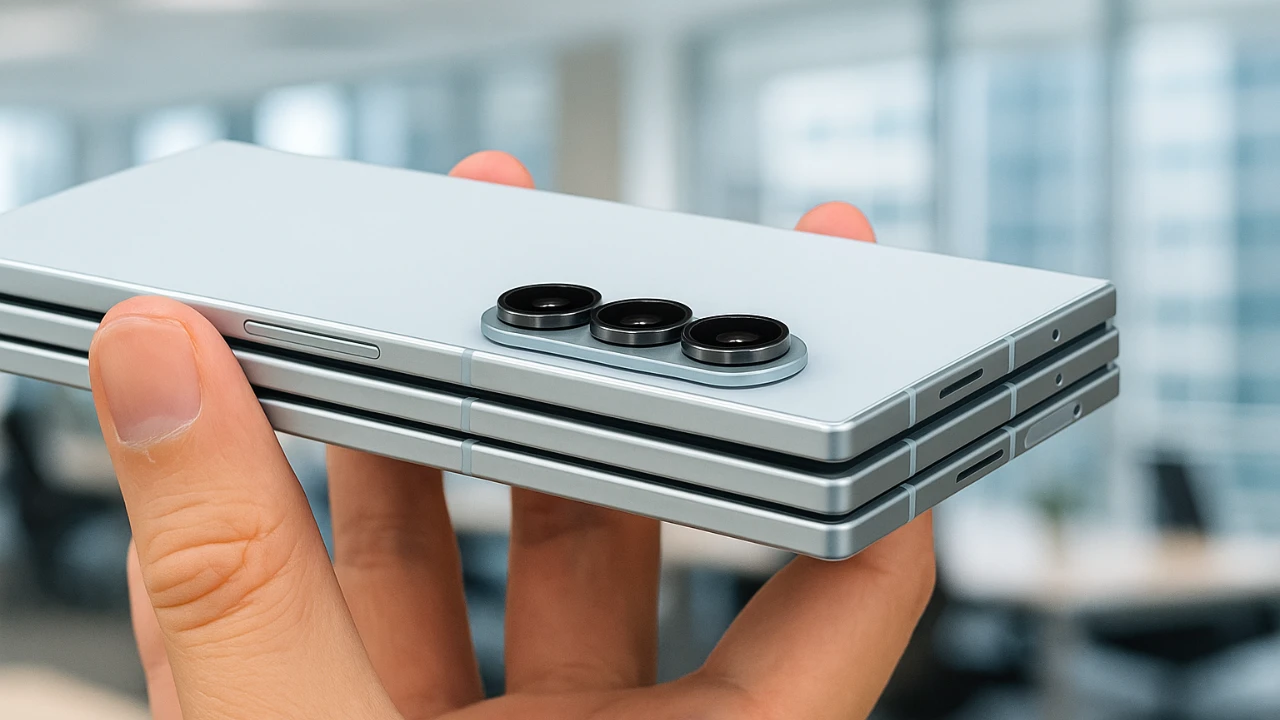MEDIATEK
Dimensity 9200: balance between performance and energy efficiency
Let's talk about the Dimensity 9200 chipset as it is still quite new. Curious to know what Mediatek's global goals are and whether the 9200 series will see much more distribution compared to the previous 9000 series?
We're in an exciting time right now as we launched the Dimensity 9200 a few weeks ago. Several devices have already been released with this chipset on board.
This is our second year in the flagship segment as we launched the 9000 series about a year ago. We are working to go up. We have the 8000 Series for what we call the premium tier and it's been a phenomenal success for us over the last year. We also got off to a great start with the 9000 series, with a number of devices from Vivo, Oppo, Redmi, Asus and Honor using these chipsets.
To be fair, most of the first year's sales were in China, but now we've launched the 9200 series and I think we've proven to the world and our customers that we can offer a solution that meets all the major criteria. What is really interesting is that the first model has already come out, the Vivo X90 Pro, which was very well received in China.
The core idea behind the 9200 Series, which I think resonates with many of our customers as well as end users, is “incredible performance, smart power”.
What we're trying to convey is that top-level performance, the latest technology, the latest graphics, and the latest modem features are undeniably important – all criteria must be met. At the same time, this cannot be done in such a way as to critically affect power consumption and render the phone unusable. So we're always trying to balance performance and power, and I think we achieved that to some extent with the 9000 series and improved on the new 9200 series.
We are trying to achieve not just high performance, but consistently high performance in a real user environment.
A fairly wide distribution of our chips is already taking place, they are used not only by Vivo, but also by other brands. And so it will continue. This year we will see more products with the Dimensity 9000 chipset as companies continue to use last year's chips in their new models. There will also be more devices with the new 9200 chipset.
Importantly, global availability will also increase this year. We can expect more products with Mediatek chipsets in countries like Europe and India as I believe our customers are now satisfied with Mediatek's increased presence in the mainstream segment.
The US market has always been a little different and complex because there are only a few big brands in the upper end. With that in mind, let's take a little longer to break into the US market. We may achieve some results this year, but probably limited ones.
We've incorporated the latest technology into the Dimensity 9200. It supports mmWave, which is important in the US, so I think we've developed a platform with all the necessary features. So if someone wants to bring us to the US market, there are no more technical barriers. It requires the right brand, the right device, the right case and the right operator.
Under the leadership of our managers, we made a very deliberate decision as a company to close the technology gap with 5G. We strategically decided to only focus on frequencies below 6 GHz for the first wave of 5G.
It was the right decision at the time, but back then we knew mmWave was an important technology, so now we need all the resources we need for 5G.
As far as 6G is concerned, we have already published a white paper on our view on the matter, which you can familiarize yourself with on our website. We are also very active in the field of satellite communications. For example, the recently announced Motorola Defy rugged phone uses Mediatek technology for satellite communications. This technology is still in its infancy, but I think it will become an important aspect of 6G as it develops.
I think that 4G and Helio will accompany us for a long time. According to our market research, just under 50% of phones released last year supported 5G. By 2023, that number will increase to around 55%.
So the rate of transition from 4G to 5G will continue to grow, but likely at a slower pace as we move towards midrange and budget devices. The reality of today is that there is still a significant cost difference between 4G and 5G devices.
So 4G remains a very important market for us in terms of volume, although it's decreasing. Last year, we even launched a new 4G platform called the Helio G99, which uses a 6nm process.
So our portfolio ranges from low-cost chipsets to high-performance 4G chipsets, and I think we'll be providing them for many years to come. Demand will continue in many markets including Africa, Latin America, as well as India and the rest of Asia.
Text: Mobile-review.com


No comments:
Post a Comment